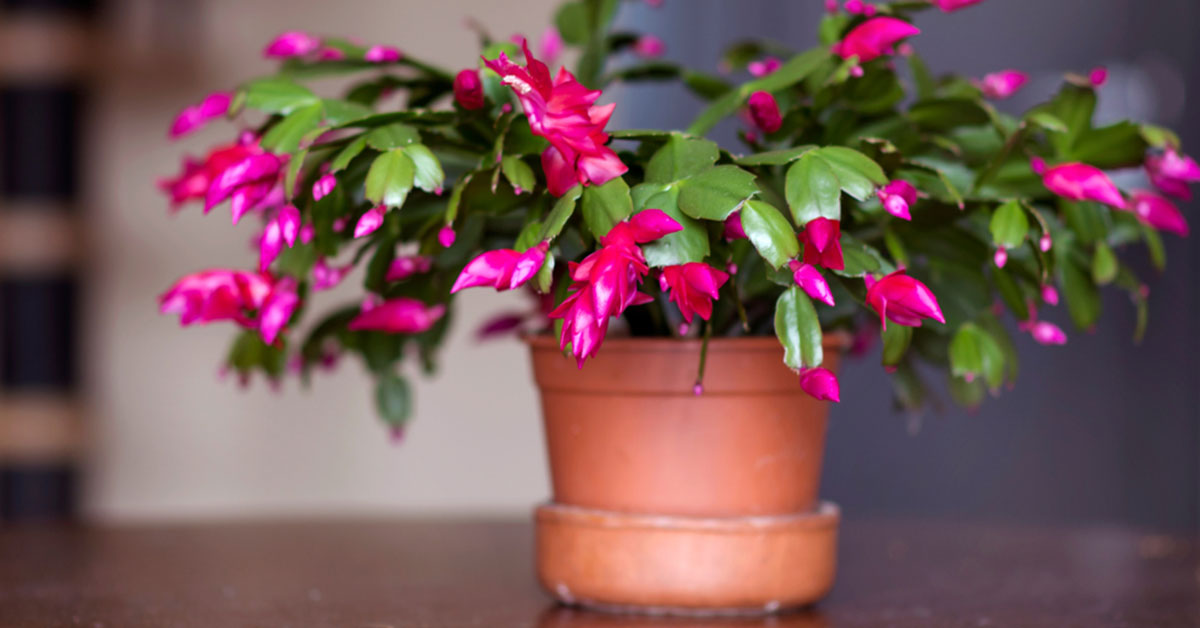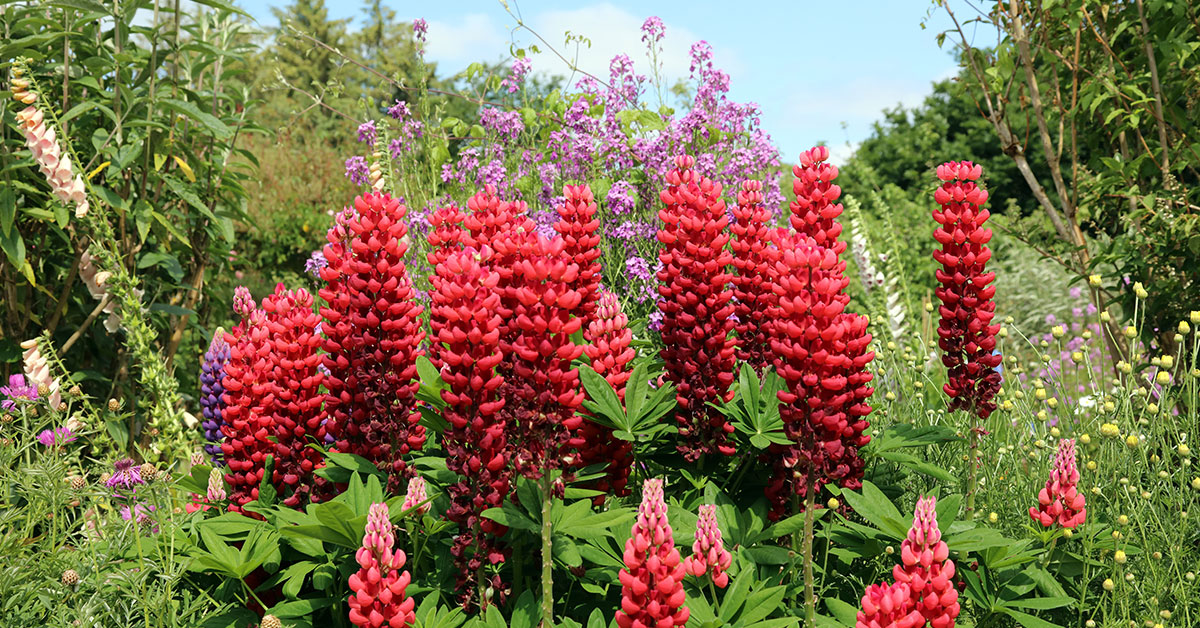Widely celebrated as the cardinal flower, lobelia cardinal has long graced the wet spots of landscapes in Europe and North America since the 17th century. Gifting this flower bestows an aura of distinction and dignity. It has also been linked to romance and passion.
The cardinal flower gets its unique name for its resemblance to the long, bright red robes worn by members of the church. The history of the flowers, their symbolism, and history, are as rich and bright as the flower itself. The cardinal flower has for long been linked with passion and romance for its flaming red color
The red cardinal flower symbolizes distinction. Gifting the flowers gives and sense of distinction and dignity. It is a good choice for special dates and anniversaries.
- Latin Name: Lobelia cadinalis L.
- Synonyms: Cardinal Lobelia, Red Lobelia, and Slinkweed.
- Native: The Americas, southeast Canada, Mexico, Central America.
- Invasiveness: No.
- Sunlight: Full to partial sun exposure.
- Water: loves rich, moist-to-wet soil.
- Soil: Moist to wet. Mulch helps retain much-needed moisture.
- Hardiness zone: It is hardy in zones 3 to 9.
- Planting period: Late fall or early spring. Should be placed in a freezer for 2 months to aid germination.
- Spacing: 8 to 12 inches.
- Plant Height: 30 to 36 inches tall and 10 to 18 inches wide.
- Bloom period: Summer to early fall.
- Time to maturity: Begins blooming in early summer and peaks in mid and late summer.
- Container friendly: Not a common choice but can be done in large, well-draining pots.
- Fertilizer: Not required. Organic material and compost in late winter and early spring suffice.
- Toxicity: Yes. To both pets and humans, but only if consumed in large quantities.
- Deer resistant: Its bitter taste makes it an unlikely choice for deer.
- Pest and disease resistant: A very hardy plant but affected by diseases and pests if not cared for.
How To Grow Cardinal Flowers
The perennial plant grows to a height of 1 to 6 feet and has showy, red blooms of flowers in 8-inch terminal spikes. Each flower has 3 spreading lower petals plus two upper petals. They all come together at the base.
The stems and erect and leafy and frequently in clusters. The flower cluster with each separate flower is attached through short equal stalks at equal distances along a central stem. The base central stem flowers develop first.
Though the flowers were once frequently found, over-picking of this beautiful wildflower has led to it being scarcely found in many areas. The long tubular flowers also pose difficulty for insects to navigate. But hummingbirds with their long beaks can feed on the nectar and help in their pollination.
The water used for the cardinal flower is medium to high with moist or wet soil, while its light requirement varies between sunny to shady. It has a low tolerance to dry and drought-like conditions though it is tolerant to both heat and cold.
Soil requirements are moist or wet, humus-rich soil. They can be medium or clay loam, sandstone based, sand or sandy loam, or clayey. The soil thus has to be kept wet at all times. In the northern climes, it requires winter mulching to keep the plants healthy.
Cardinal flowers are easy to grow if given the right conditions. Wet areas such as the edges of ponds and other zones are frequently wet. The plants can even tolerate moderate flooding. The soil cannot be allowed to dry out. When growing in northern climate conditions, the cardinal flowers are subject to full sun and can tolerate it. But in regions with warm summers, they should be planted in areas with partial shade. Applying mulch helps preserve moisture and protect the roots.
Growing Cardinal Flowers In Containers
Though cardinal flowers are not a common choice when it comes to planting in pots and various containers, it can be done. You will need a fairly large, well-drained pot containing a normal potting mix. The moisture-loving plant requires regular watering when kept in containers.
They should not be moved indoors during winters but moved to a sheltered outdoor location. Cardinal flowers stay fresh if placed in a clean, scrubbed flower vase. The stems should be cut at an angle of 45 degrees when underwater. The water should be changed frequently to prevent.
When To Start Cardinal Flower Seeds
For outdoor planting, place the seeds on a surface of a prepared seed bed in late fall. This will help in the germination of the seeds over winter and naturally in spring.
For indoors, start at least 5 weeks before outdoor night temperatures are in the 50F range. One should store the seeds in light to germinate. When seeds are 2 inches, transplant them into the garden spaced a foot apart.
You can also grow the cardinal flower plant in a plug tray. Fill the tray with the same mix and moisten the medium. Remove seedlings and plant them in the tray, one per cup. You can also propagate the cardinal flower plant by pushing down a stem into the soil and pressing down with sticks or a medium-sized rock.
Another option for propagating the seeds is to collect them and sow them around the plant when they are ripe.
When To Plant Cardinal Flower
You can plant new red cardinal flowers each year by gathering the seeds from dried seed capsules each autumn and then starting them indoors in late winter. Start 8-10 weeks before the last frost in late winter. Fill a seed flat with a wet mix of perlite and peat. Scatter seeds over the mix and place them under a light in a warm area. Add water daily so that it stays moist but not soggy.
How To Collect Cardinal Flower Seeds
To collect seeds to start indoors, pick them off the plant and collect them. You can replant them immediately in the garden or refrigerate them for several weeks for planting in the spring.
Wildlife Attracted By Cardinal Flowers
The cardinal flower also attracts birds like hummingbirds and butterflies, thanks to their bright blossoms and hues. Their bloom coincides with the migrating season of numerous hummingbird species.
Common Problems
The most common problem with planting cardinal flowers is controlling the quantity of water. Water should be generous, but there should be sufficient drainage. Soil should dry up in between watering.
Overwatering can lead to tissue death and browning. It can also cause root rot. Pest infestation from scale insects and mealybugs will cause a sooty, black, mold. Spider mites can infest plants in summer. It leads to yellow leaves and a whitish spider web. Other uncommon pests and diseases include leaf blight, aphids, rust disease, scale insects, and slugs.
Removing healthy foliage during pruning can slow down the blooming process, so one must be careful. Insufficient fertilizing can lead to a lack of blooming and unsaturated colors.
The bright showiness and flaming red color of the cardinal flower makes it attractive both as an ornamental plant and also as a strikingly attractive floral gift. With its long medicinal history in its native land and its symbolic uniqueness, it is apparent that the long-enduring popularity of the flower will remain for a long time.













